Paper sacks offer optimum product protection for the packaging of powdered products like flour or powdered milk. In addition, manufacturers have guaranteed full traceability to offer their customers total product safety.
Paper sacks are being recalled extremely infrequently”, says Dag Kretschmer, member of Gemeinschaft Papiersackindustrie e. V. (GemPSI), the German association of paper sack manufacturers. “The most common instance is during an audit. Here, we demonstrate to the customer that we can guarantee full traceability.”
This traceability obligation is based on EU regulation No. 178/2002 which lays down general principles and requirements of food law that is mandatory in all member countries. All these are specified for packaging in EU framework council regulation 1935/2004, article 17. Accordingly, all packaging manufacturers whose activities are within the delivery chain of foodstuffs must be able to provide information at all times regarding the origin of the packaging materials, when and on which machine it was produced and where it was delivered. Furthermore, traceability is one aspect of DIN ISO 9001, according to which all paper manufacturers in Germany are certified.
Defective products are to be found quickly
“First and foremost, traceability ensures consumer safety,” Dag Kretschmer explains. “Foodstuffs must be packed using packaging materials of impeccable quality, so that health and well-being are not endangered by them.” Paper sacks for flour, baking mixes or food additives get in direct contact with their contents. Theoretically, this could mean contamination or the migration of foreign materials into the food.
Sack kraft paper is made exclusively from fresh fibres, and only solvent-free dyes and adhesives are used in paper sack production. The German paper sack industry maintains the highest safety possible, so that no residue from dangerous substances gets into contact with the food. “Even with this, we guarantee traceability so that we can, in the rare event of a customer inquiry, quickly identify any irregularities,” says Dag Kretschmer. “Labelling and detailed documentation of material consumption and goods flows are crucial.”
Raw materials delivered for the manufacture of paper sacks are labelled by the suppliers with clear lot numbers. These numbers flow into the goods management system of the paper sack manufacturer. “So, during paper sack production, a production protocol is made that specifies exactly which material from which lot is used for a certain production order,” Dag Kretschmer explains. “The production is also labelled with lot numbers. These can be plainly visible on the paper sack or hidden somewhere like in a glue seam under the valve or under the stand-up pouch bottoms”.
If the customer has a technical problem with a sack, then the number will indicate when the sack was made, which material was used and which machine it was produced on. The paper sack manufacturer can then verify whether a one-time quality anomaly has occurred or whether other lots could be affected and must be recalled.
Thanks to packaging sizes of a maximum total weight of 25 kg and thus smaller product lots, paper sacks are easy to trace, and defective products can be found quickly. For foodstuffs like powdered milk, the printing of serial numbers even allows full traceability of each individual sack.


